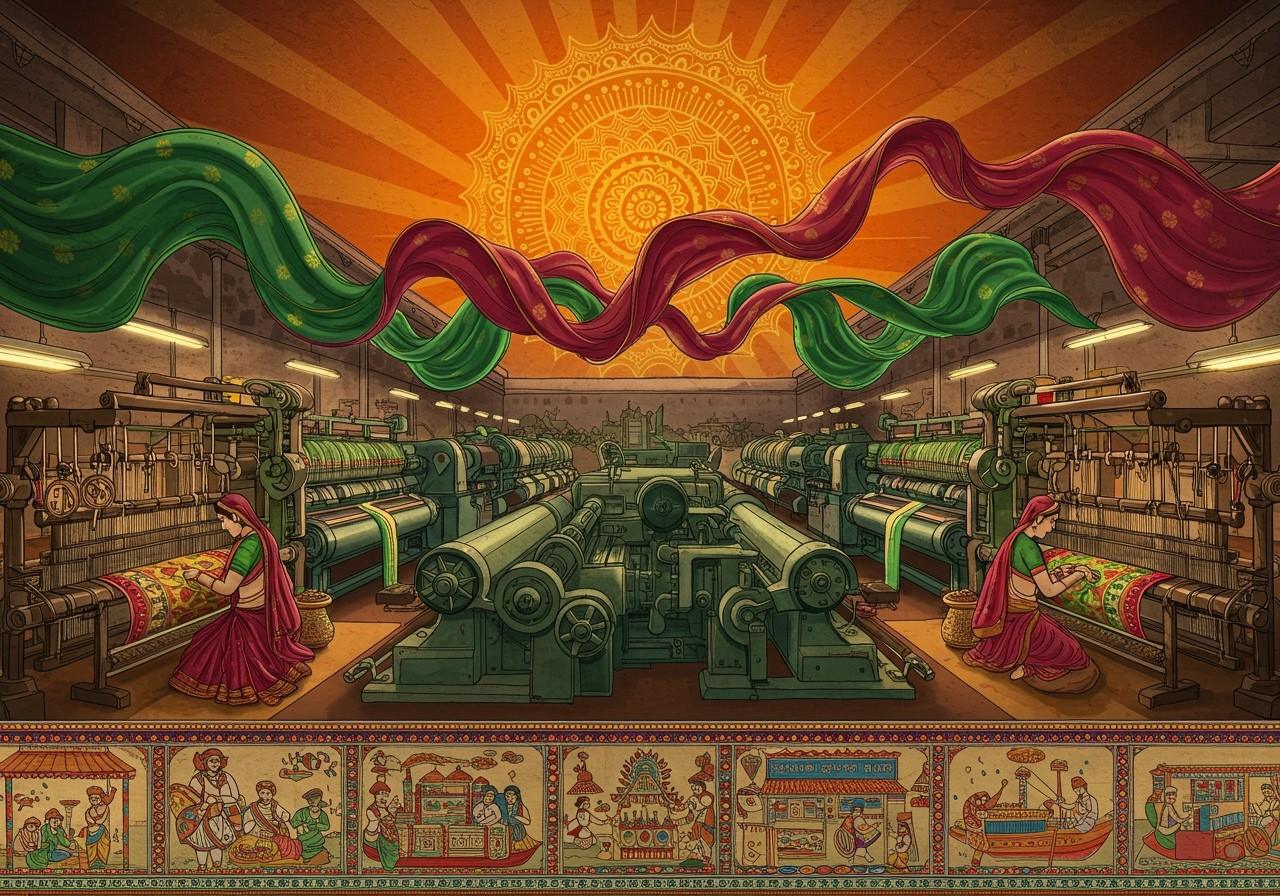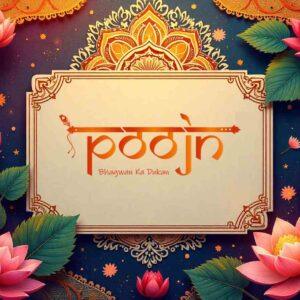
India’s textile industry is deeply interwoven with the country’s economy and cultural legacy. From ancient trade routes to the modern global marketplace, textiles have held a position of significance. This sector not only fuels economic expansion but also preserves traditional artistic skills. Let’s delve into its impact, the hurdles it faces, and the prospects that lie ahead.
The Economic Significance of India’s Textile Industry
In India, the textile industry forms a crucial part of the economic framework. Contributing approximately 2.3% to the nation’s GDP, this sector serves as a cornerstone of growth. Projections indicate a robust future, with aims to double this impact by 2030. This positive trajectory is expected to propel the industry’s market size to a substantial US$ 350 billion.
Textiles represent roughly 13% of India’s industrial output, highlighting their importance in the manufacturing landscape. Furthermore, the industry plays a significant role in boosting export earnings, contributing around 12% to the total. In FY24, exports reached USD 35.9 billion, and the government has set an ambitious target of USD 100 billion by 2030, emphasizing the sector’s global relevance.
Employment and Market Dynamics
The textile sector stands as one of India’s largest employers, providing direct jobs to approximately 45 million people. It generates employment opportunities across the entire supply chain, from the cultivation of cotton to the production of garments. The industry also bolsters rural economies, with many people finding work in these communities.
India boasts the world’s second-largest textile manufacturing capacity, underscoring its prominent global position. It ranks as the sixth-largest exporter of textiles and apparel, holding a 3.9% share of global trade as of 2023. This diverse market encompasses both organized and unorganized sectors, with traditional handlooms and handicrafts playing a vital role in exports.
Challenges and Governmental Support
Despite its strengths, the textile industry faces certain obstacles. Outdated technology and infrastructure can impact productivity and competitiveness. Regulatory complexities and compliance requirements pose challenges. Environmental considerations, including water usage and pollution control, demand careful attention. Fluctuations in raw material prices and labor-related issues add further layers of complexity.
Recognizing these challenges, the Indian government has implemented various initiatives to support the sector. Programs like the Technology Upgradation Fund Scheme (TUFS) and the Integrated Textile Parks Scheme aim to modernize operations and enhance productivity. Policy reforms such as the Goods and Services Tax (GST) play a crucial role, along with export promotion schemes that stimulate international trade. Poojn.in offers premium quality original cotton red Shalu cloth, perfect for various ceremonies and rituals, reflecting the rich textile heritage.
Future Trends and Technological Advancements
The future of India’s textile industry appears bright, driven by rising disposable incomes and evolving consumer preferences. Technological advancements, including automation and digitalization, have the potential to transform production processes. Sustainability is gaining increasing importance as environmental awareness grows.
E-commerce and digital platforms are unlocking new avenues for market expansion and consumer engagement. Promising opportunities exist in global markets, particularly in regions such as the Middle East and Africa. The government’s policy of allowing 100% Foreign Direct Investment (FDI) under the automatic route encourages foreign investment, further fueling growth and innovation within the sector. Poojn.in provides premium-quality original cotton white Markin cloth, showcasing the versatility of cotton in traditional practices. This also highlights the commitment to providing authentic materials.
Integrating Tradition and Modernity
India’s textile industry stands at a fascinating intersection of tradition and modernity, poised for substantial growth on the global stage. With unwavering government support and ambitious growth targets, the sector is set for a dynamic future. Modern technology and sustainable practices promise to enhance productivity and address environmental concerns. As the industry embraces digital advancements and the power of e-commerce, new opportunities are emerging both domestically and internationally. While challenges persist, the path ahead is filled with promise, and the textile industry has the potential to elevate India’s economic landscape significantly. Explore the rich tapestry of Indian art and literature influenced by the Ramayana, available on Poojn.in, showcasing the deep cultural roots of the textile industry.
Frequently Asked Questions
What role does the textile industry play in India’s GDP? The textile industry significantly contributes to India’s GDP, driving economic growth by creating jobs and supporting related sectors like agriculture and retail. Its contribution is expected to increase further, demonstrating its growing importance.
How does the textile sector bolster India’s economy? This sector strengthens India’s economy through job creation, export promotion, and regional development. It also fosters growth in associated sectors like cotton farming and garment manufacturing, contributing to a more robust economy.
What obstacles does the textile industry in India face? The textile industry in India navigates challenges such as outdated technology, competition from global players, and volatile raw material prices. Addressing these hurdles is critical to ensuring sustainable growth and competitiveness.
What is the current market size of the textile industry in India? India’s textile industry boasts a substantial market size, which is steadily expanding. It’s a vital component of the Indian economy, experiencing growth in both domestic consumption and international exports, making it a dynamic and impactful sector.
How does the government support the textile industry in India? The government provides support through various policies and schemes, including subsidies, tax incentives, and infrastructure development. These measures are designed to accelerate growth and enhance the industry’s competitiveness on the global stage.
Why is the textile industry vital for rural progress in India? The textile industry plays a critical role in rural development by generating employment and supporting the livelihoods of many in rural areas. It contributes to poverty reduction and improved living standards, making it a crucial driver of rural progress.
What are the future prospects of the textile industry in India? The future outlook for India’s textile industry is optimistic, with anticipated growth in demand, technological innovations, and increased export potential. A growing focus on sustainable practices is also shaping the industry’s future trajectory.


